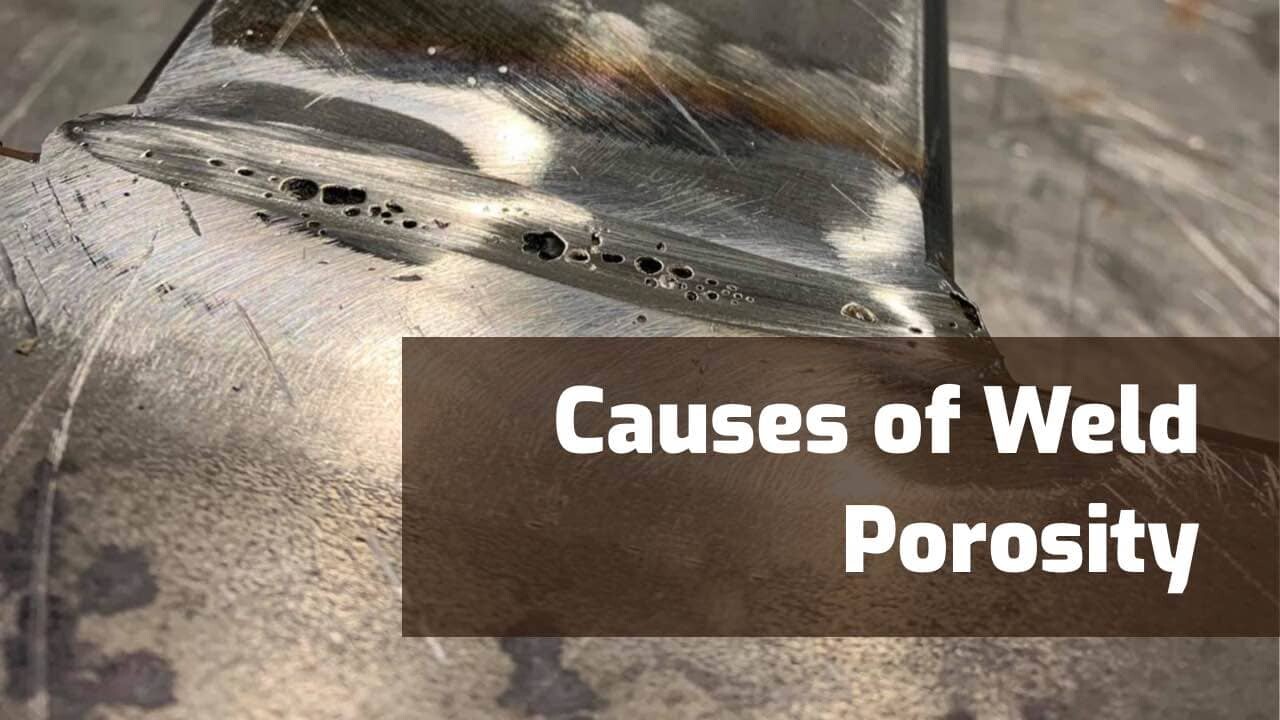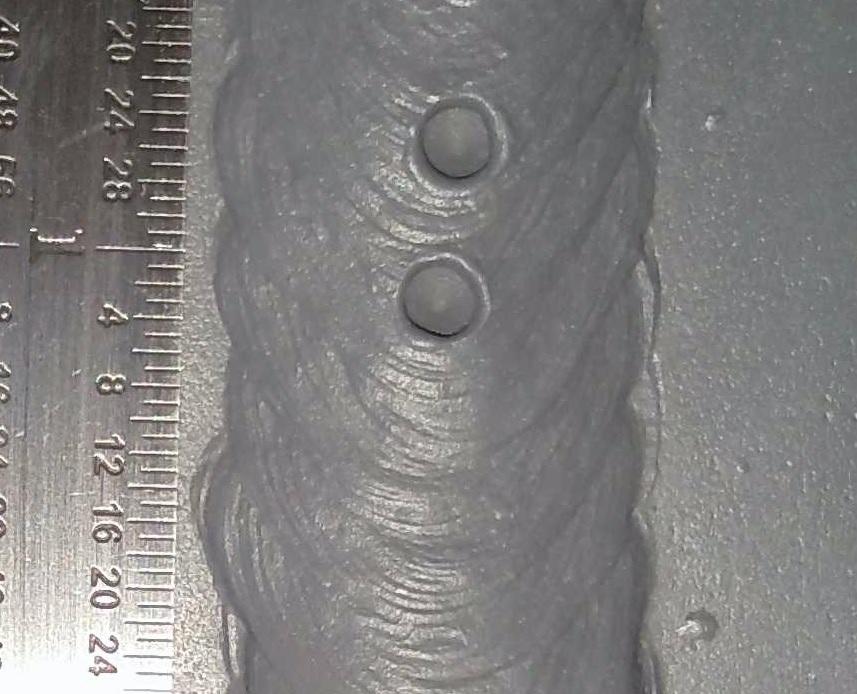Comprehensive Overview: What is Porosity in Welding and How to stop It
Wiki Article
Porosity in Welding: Identifying Common Issues and Implementing Finest Practices for Prevention
Porosity in welding is a pervasive problem that frequently goes unnoticed till it creates significant troubles with the integrity of welds. This usual problem can jeopardize the stamina and durability of bonded frameworks, posing security risks and bring about pricey rework. By recognizing the source of porosity and carrying out efficient avoidance approaches, welders can substantially boost the top quality and integrity of their welds. In this conversation, we will certainly discover the essential factors adding to porosity formation, analyze its damaging effects on weld efficiency, and talk about the very best methods that can be adopted to lessen porosity occurrence in welding processes.Usual Sources Of Porosity

One more regular wrongdoer behind porosity is the existence of contaminants externally of the base metal, such as oil, oil, or rust. When these contaminants are not effectively removed before welding, they can evaporate and end up being entraped in the weld, triggering problems. Utilizing filthy or wet filler materials can introduce impurities into the weld, adding to porosity concerns. To minimize these typical root causes of porosity, extensive cleaning of base metals, correct protecting gas option, and adherence to optimal welding specifications are necessary methods in achieving high-quality, porosity-free welds.
Influence of Porosity on Weld High Quality

The presence of porosity in welding can dramatically endanger the structural stability and mechanical properties of welded joints. Porosity produces gaps within the weld metal, deteriorating its total strength and load-bearing capacity.
Welds with high porosity levels tend to show reduced effect stamina and minimized capability to deform plastically prior to fracturing. Porosity can hamper the weld's ability to effectively transfer pressures, leading to premature weld failure and possible safety and security dangers in important structures.
Best Practices for Porosity Prevention
To boost the architectural honesty and high quality of welded joints, what specific actions can be carried out to lessen the occurrence of porosity throughout the welding procedure? go to my blog Porosity prevention in welding is crucial to make certain the honesty and toughness of the final weld. One reliable technique is proper cleansing of the base metal, getting rid of any type of contaminants such as corrosion, oil, paint, or wetness that can lead to gas entrapment. Guaranteeing that the welding tools is in good problem, with clean consumables and proper gas circulation rates, can likewise significantly reduce porosity. Additionally, keeping a secure arc and managing the welding parameters, such as voltage, current, and travel rate, helps create a constant weld swimming pool that reduces the risk of gas entrapment. Making use of the right welding method for the particular material being bonded, such as readjusting the welding angle and gun setting, can additionally stop porosity. Normal evaluation of welds and prompt remediation of any problems determined during the welding procedure are crucial practices to avoid porosity and generate high-quality welds.Significance of Correct Welding Methods
Executing correct welding techniques is extremely important in ensuring the structural honesty and quality of welded joints, developing upon the foundation of reliable porosity prevention actions. Extreme warmth can lead to raised porosity due to the entrapment of gases in the weld swimming pool. In addition, utilizing the appropriate welding specifications, such as voltage, current, and travel rate, is essential for attaining sound welds with marginal porosity.Additionally, the selection of welding process, whether it be MIG, TIG, or stick welding, ought to straighten with the particular demands of the task to ensure optimal outcomes. Correct cleaning and preparation of the base steel, as discover this info here well as choosing the right filler product, are additionally important parts of proficient welding techniques. By adhering to these finest practices, welders can minimize the danger of porosity development and generate top quality, structurally sound welds.

Checking and Quality Assurance Steps
Testing procedures are vital to spot and avoid porosity in welding, ensuring the strength and longevity of the last item. Non-destructive screening approaches such as ultrasonic testing, radiographic screening, and visual assessment are frequently utilized to identify prospective flaws like porosity.Post-weld evaluations, on the other hand, analyze the last weld for any kind of issues, including porosity, and validate that it satisfies specified standards. Executing a comprehensive high quality control plan that consists of comprehensive screening procedures and inspections is critical to decreasing porosity concerns and ensuring the total high quality of bonded joints.
Conclusion
To conclude, porosity in welding can be a you can check here common issue that affects the high quality of welds. By determining the usual reasons of porosity and executing finest practices for avoidance, such as appropriate welding methods and screening procedures, welders can ensure high top quality and trustworthy welds. It is essential to prioritize prevention methods to lessen the occurrence of porosity and maintain the integrity of welded structures.Report this wiki page